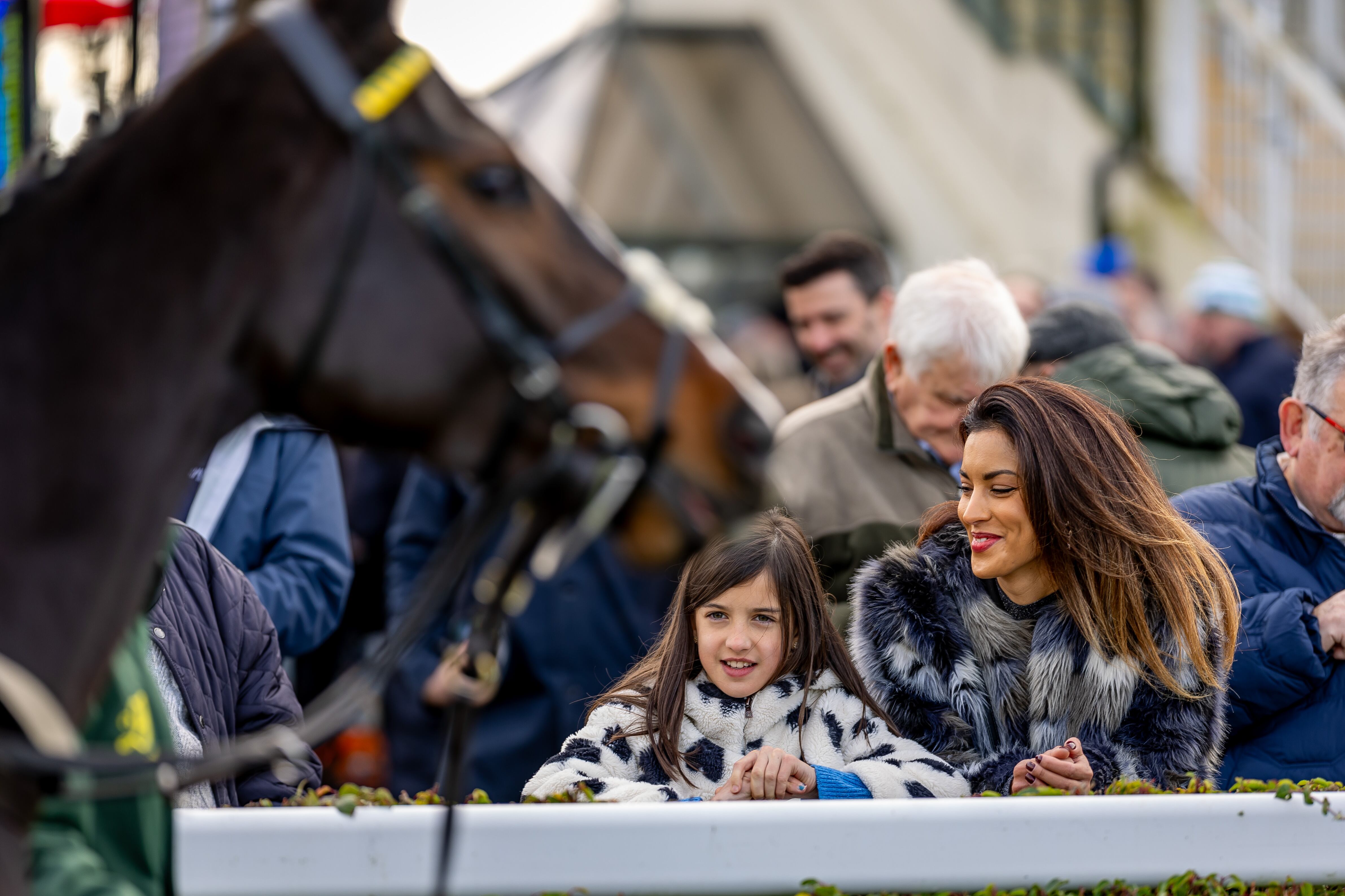The old gag about using statistics the way a drunk uses a lamp-post – for support rather than illumination – is more accurate than many care to admit but pie-chart props can still be damn useful sometimes when it comes to fighting your corner.
That was underlined earlier this year when the British Horseracing Authority released details of a first ever cross-channel thoroughbred census.
A university survey was carried out to try to establish statistical evidence about what happens to thoroughbreds after they finish racing, a prospect likely to have left many within the sport shifting uneasily about what might be uncovered.
Obviously, a hefty percentage of mostly fillies and mares enter the breeding sector after they’re finished with racing. Others get retrained and rehomed to carry out productive careers once their track usefulness is finished. Some simply live the good life as family pets.
READ MORE
It is racing’s uncomfortable reality, however, that the many thousands bred annually for the sport make such outcomes far from inevitable. As troublesome as it is to acknowledge, there is an accompanying attrition rate, one that far too often leads to a three monkeys’ attitude of not seeing, speaking or hearing about the fate of some of the sport’s central players.
Nevertheless, the census results, while hardly grounds for complacency, were a lot more encouraging than might have been originally feared. Details of over 8,000 former racehorses were submitted by owners. More than 5,500 were previously unrecorded. Added to other data, the stats on the estimated 33,600 former racehorses living good lives in Britain now cover an approximate 80 per cent of the population.
If the sizeable element of relief that greeted such numbers suggested an underlying uneasy conscience, it was accompanied too by a certain element of ‘told you so’. Regular reassurances about horses being treated as more than commodities got backed up by some black and white evidence.
The value of that in a wider social context where racing is increasingly fighting its corner, and welfare concerns in all animal sports are increasingly to the fore, shouldn’t be underestimated. Pointing to statistics that help dispel fears sometimes rooted in little more than prejudice can be invaluable in reassuring a largely ambivalent public middle ground.
But it’s about more than a PR exercise. Such a census acknowledges how the thoroughbred industry as an entity must assume a greater role in whole-of-life care for the animals it produces. Talk of morality in the context of big business might seem incongruous. But the industry’s ultimate self-interest lies in acknowledging it.
Little appetite appears to exist for any similar census to be carried out in Ireland. Perhaps the inclination is to point to the British figures and assume something similar here. After all, the sport on either side of the Irish Sea is often characterised in terms of being two sides of the one coin – or at least until it suits otherwise.
Dreadful evidence uncovered by the RTÉ Investigates team during the summer underlined the ominously murky area of what happens to some thoroughbreds once their racing usefulness has been judged over.
The scenes shot in the Shannonside abattoir shocked the country and gave a disquieting glimpse into the profitability of the continental meat trade. Racing’s critics had their fundamental opposition to the sport underpinned and it shook wider public confidence in the sport living up to the standards it declares on its own tin.
In the fallout, both Horse Racing Ireland and the Irish Horseracing Regulatory Board appeared before the Dáil’s Public Accounts Committee.
When pressed, there didn’t appear to be any hard statistical evidence presented about the situation, never mind concrete proposals for the future. Ultimately it seems that once a horse’s racing career is over, the brief extends to little more than encouraging owners to behave responsibly.
Reference was made to some funding given to bodies such the Irish Horse Welfare Trust and Treo Eile which try to rehome or rescue animals. But their admirable work is negligible in the face of a massive thoroughbred population.
None of it was convincing and public attitudes to a position open to perceptions of an industry simply washing its hands of the problem will only get increasingly hostile. A far greater systemic safety net is required.
Any version of an Irish census might result in statistics that initially make for very uncomfortable reading. Or, as in Britain, it might not. The numbers of animals alone make it inevitable some wind up as, to use the unfortunate phrase, ‘wastage’. But no problem can start to be addressed until its true scale is established first. That requires effective traceability.
It’s been a hard lesson that hoping everyone does right by the animals they’re responsible for hopes for way too much. It’s an inadequate and unrealistic position to take by a €2.4 billion industry in receipt of annual State funding.
There are few more existential priorities for racing if it is to maintain its social license. Without that license it is on a slippery slope. Addressing it isn’t so much a question of cost rather than an investment. And evidential backup that the issue is being taken seriously would be a plus.
Something for the Weekend
Tomorrow’s Haydock Sprint Cup looks hugely open and the orecast ease in the ground could mean Ken Condon’s stalwart Moss Tucker (3.35) is very much underestimated in the market. Forced to miss out recently through fast going, the admirable six-year-old takes his chance rather than just waiting to defend his Flying Five title next week.
Gordon Elliott’s Leading Lion (6.05) can successfully revert to the flat in this evening’s Ulster Cesarewitch at Down Royal having won over flights at Bellewstown.

















